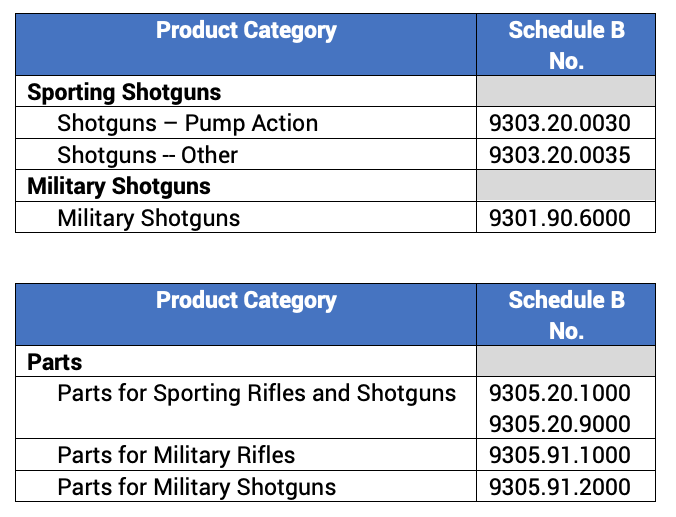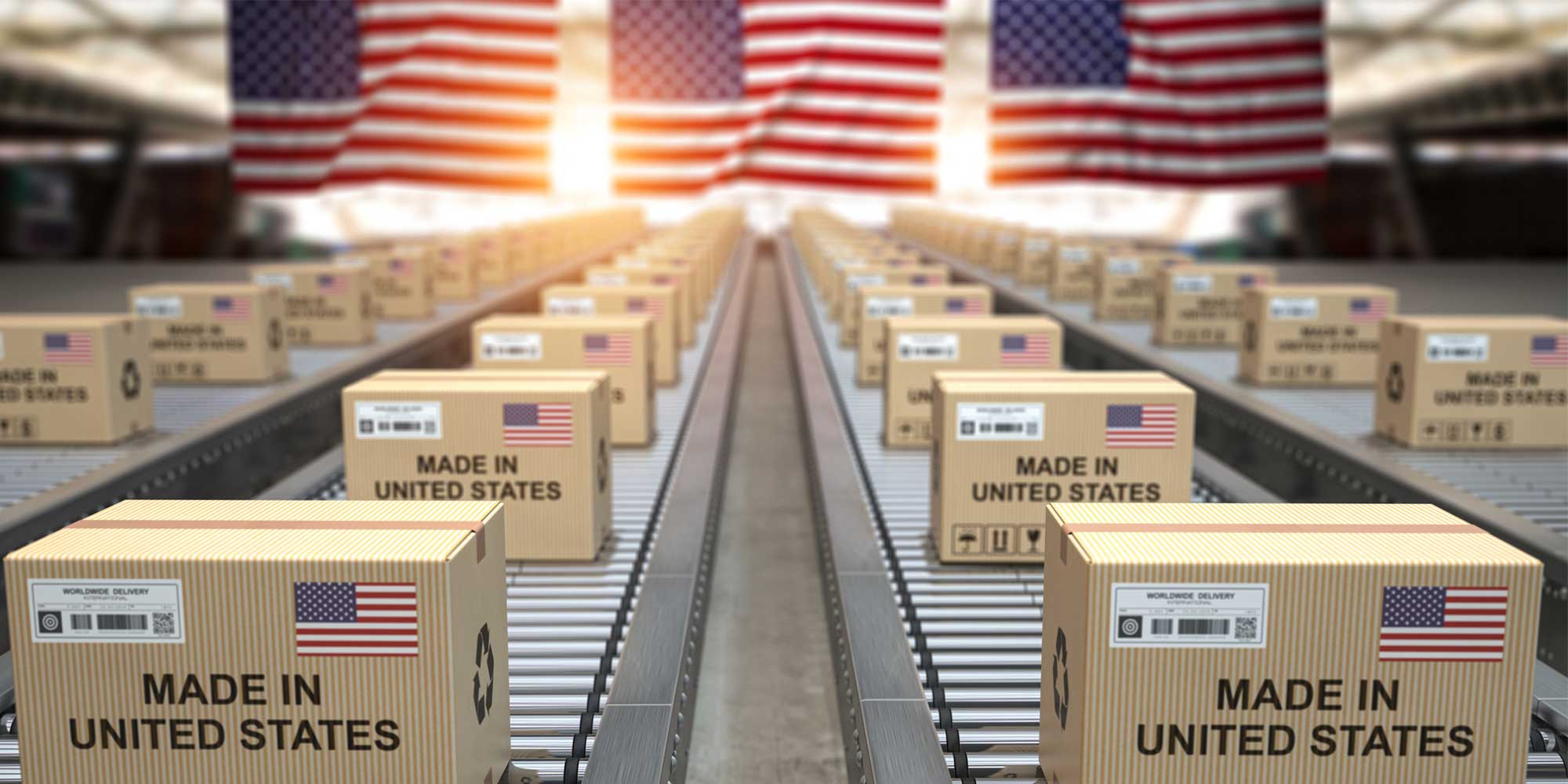How Accurate Is the Data We Use?
As purveyors of information based on data collected by someone else, we want to understand the integrity of the data. As users of the information, you probably care about data integrity, too.
There are two potential categories of errors that can cause the data to mislead. One is “sampling error,” which refers to possible errors in the sample used to calculate totals. Sampling error should not be a factor because the U.S. Census Bureau data we use is based on a complete count of all exports, not a sample.
 “Non-sampling errors” also are possible. The Census Bureau believes the four most significant potential sources of non-sampling error include “reporting errors, undocumented shipments, timeliness and data capture errors, and errors in the estimation of low-valued transactions.”
“Non-sampling errors” also are possible. The Census Bureau believes the four most significant potential sources of non-sampling error include “reporting errors, undocumented shipments, timeliness and data capture errors, and errors in the estimation of low-valued transactions.”
The Census Bureau describes these non-sampling errors as follows:
- Reporting Errors: Reporting errors are mistakes or omissions made by . . . exporters or their agents in their . . . export declarations. Most errors involve missing or invalid commodity classification codes and missing or incorrect quantities or shipping weights. They have a negligible effect on . . . export and balance of trade statistics. However, they can affect the detailed commodity statistics. [Our emphasis]
- Undocumented Shipments: Federal regulations require . . . exporters or their agents to report all merchandise shipments above established exemption levels. The U. S. Census Bureau has determined that not all required documents are filed, particularly for exports.
- Timeliness and Data Capture Errors: The U.S. Census Bureau captures . . . export information from administrative documents and through various automated collection programs. Documents may be lost, data may be incorrectly keyed, coded or recorded. Transactions may be included in a subsequent month’s statistics if received late.
- Low-Value Shipments: The total values of transactions valued as much as or below $2,500 for exports . . . are estimated for each country, using factors based on the ratios of low-valued shipments to individual country totals for past periods.
(Source: definition of “Sampling and Non-Sampling Errors” here). A more detailed discussion of possible errors affecting the data can be found at “U.S. Merchandise Trade Statistics: A Quality Profile.”
At EasyExport Insights, we believe that (i) reporting errors and (ii)inaccurate estimates of low-value shipments are likely to be more significant issues than undocumented shipments and errors relating to timeliness and data capture.
Here’s why:
- Reporting Errors: The data we present in our reports is based on 10-digit Schedule B numbers. From our experience assigning Schedule B numbers to firearm products and our conversations with other export compliance professionals, we know there are situations in which experienced compliance professionals handle the same situation differently.
Semi-automatic ARs are a good example. The same exact gun can be shipped to commercial end users, private security, exterminators (in New Zealand, for instance), local or territorial police, national police and military end users.
As shown below, there are two potentially applicable Schedule B numbers, 9303.30.7010 and 9301.90.3000 and we suspect there may not be a consistent approach within the industry for deciding which of these two Schedule B number to use in each of the different situations:

Other product categories in which uncertainty as to the proper classification could affect the accuracy of our numbers include the following:

We suspect that reporting inconsistencies within the industry in these areas have more than a negligible influence on the accuracy of the numbers reported in the above categories, but not enough influence to interfere significantly with their usefulness.
- Low Value Shipments: The extent to which unreported low value shipments affect the statistics in some of the product categories on which we report is a fascinating area to which we expect to return over and over in the future.
The Census Bureau has a system for estimating the value of unreported low value shipments. The system is described in detail here.
Based on the methodology it uses, the Census Bureau estimates that 2.5% of exports are not recorded because the shipment value is too low to require reporting. (See definition of Low-Value Shipments). An adjustment of that percentage is built into the data we use.
But is 2.5% the right adjustment factor to use? We suspect it’s low in some categories, such as the ones covering parts for rifles, shotguns and handguns.
In other words, we think actual exports in those categories may be higher than published data suggests. Our suspicion is only a hunch, but we intend to follow-up as more data becomes available to us. We will share our conclusions with you.






